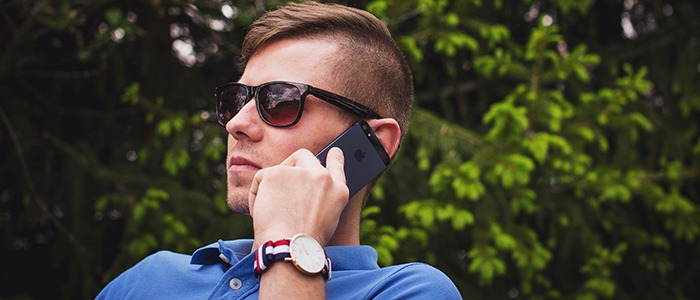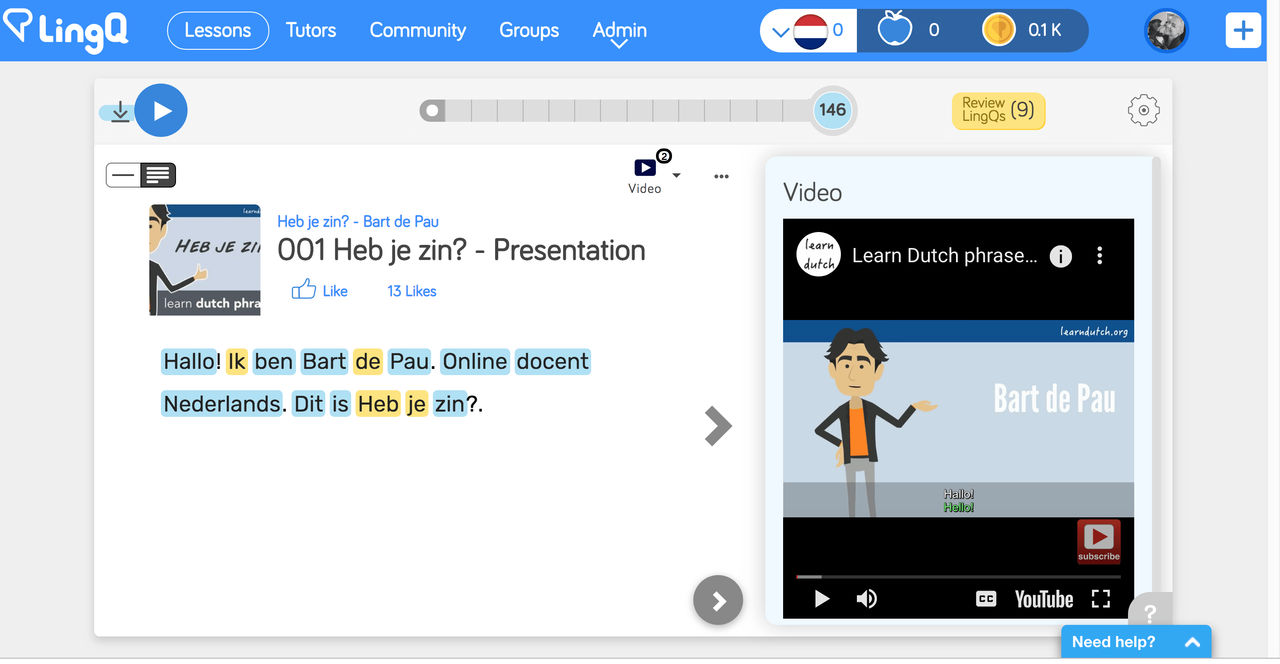Saying Hello in Dutch
If you want to get anywhere with a language, you have to start by greeting the person you’re speaking with. So today we’re going to explain the best ways to start chatting with anyone who speaks Dutch in a variety of situations.
Saying Hello in Dutch
As with most languages there are a lot of ways to simply say hello in Dutch. These can vary according to the formality of the situation and the time of day.
Amongst the many greetings Dutch has to offer ‘hallo’ is probably the most common amongst friends. However, you should use it mostly for interacting with friends or relatives. Even less formal greetings include ‘hooi’ and ‘hey.’ We advise that you only use these with people you’re sure will appreciate them. Since so many Dutch people are familiar with English, the word ‘hello’ is also fairly common.

For more formal setting, Dutch-speaking people use a set of greetings that match the formal greetings of English. As with most European languages, these are divided into morning, day/afternoon, and evening. When you’re meeting someone for the first time or if you’re in doubt on how to greet someone, we recommend using these. Strangers on the tram, government workers, people in the service industry or simply people who don’t know each other and want to demonstrate respect will generally stick to these as standard greetings.
Standard Dutch greetings
Goedemorgen khoo-duh mor-khuh(n) ‘good morning’
Goedendag khoo-duh(n)-dakh ‘good day’
Goedemiddag khoo-duh-mid-dakh ‘good afternoon’
Goedenavond khoo-duh(n)-ah-vond ‘good evening’
You’ll notice that some of the n’s are in parentheses. This is because in spoken Dutch, people very often drop the n’s at the end of words or word parts. As a result, you’re more likely to hear the greeting ‘goedemorgen’ without the final -n in most settings.
Additionally, a lot of people will change the ‘d’ sound in ‘goede’ into a sort of ‘y’ sound when greeting each other. While some people consider this version to be ‘incorrect’ or ‘bad Dutch’ it is becoming increasingly common in both spoken and written Dutch.
Goedemorgen > goeiemorgen
Goedendag > goeiedag
Goedemiddag > goeie middag
Goedenavond > goeieavond
It is worth mentioning that Dutch-speaking people can be particular about these. On numerous occasions, I’ve heard people correct themselves and others when using the wrong time of day.
Talking on the Phone
When answering a phone, Dutch speakers might answer in two ways. Some will use the same goedemorgen/dag/avond that we mentioned before. In many situations, however, people answer with a simple ‘Hallo.’

It’s worth noting that if you someone you don’t know addresses you with the word ‘hallo’ in person, they might be trying to get your attention to advise you of something. For example, I was once walking home when a gentleman approached me with ‘hallo’ only to follow it up with ‘meneer, u gaat de verkeerde kant op’ (sir you’re going the wrong way).
Culture Tip
There are two main ways that Dutch people might greet each other depending on the situation. One would be a simple handshake coupled with a greeting. However, in more friendly situations, people will kiss each other on the cheek three times.
After you’ve said hello in Dutch in your preferred way you might ask someone how they are. You can normally simply ask
Hoe gaat het?
which literally means ‘how goes it?’ An alternative would be ‘hoe is het met je’ or ‘hoe is het met u.’ The words je and u both mean ‘you’ but have different levels of formality. The word je is less formal than u. What that means exactly can depend on the area. In general, if you don’t know someone well, use ‘u’ to be safe. If they want to switch to ‘je’ they’ll let you know.
In English, asking the question ‘How are you?’ most often prompts a short answer. This is not so in Dutch. Asking someone ‘hoe gaat het?’ will more often than not prompt a real answer, since the question is considered a genuine inquiry about someone and will be taken as such.
Saying Goodbye
Exiting a conversation in Dutch is much simpler that entering one. While greetings in Dutch often refer to the time of day, you don’t have to worry about any of that when saying goodbye.
The most common farewell is probably ‘tot ziens’ meaning ‘see you later.’ The less formal way of leaving is with the word ‘doei’ which simply means ‘bye.’
You might hear a lot of other variants for when people get on their way. We’ve listed some of them below. There are loads of other ways to say goodbye, some of which are only used in certain regions.
Ciao ‘bye’ (informal)
Dag ‘goodbye’ (literally ‘day’)
Tot later ‘until later’
Tot volgende keer ‘until next time’
Tot morgen ‘see you tomorrow’ (literally ‘until tomorrow’)
Vaarwel ‘farewell’ (formal)
Learn Dutch Faster with LingQ
Immersing yourself in Dutch doesn’t require you to travel abroad or sign up for an expensive language program.
However, it can be a bit tiresome to find interesting content, go back and forth between sites, use different dictionaries to look up words, and so on.
That’s why you should learn Dutch on LingQ. A language app that helps you discover and learn from content you love.

You can import videos, podcasts, and much more and turn them into interactive lessons.
Keep all your favorite Dutch content stored in one place, easily look up new words, save vocabulary, and review. Check out our guide to importing content into LingQ for more information.
LingQ is available for desktop as well as Android and iOS. Gain access to thousands of hours of audio and transcripts and begin your journey to fluency today.
***
John Melnyk is a freelance writer and translator from Florida, USA currently living in the Netherlands. He has a masters degree in Linguistics and Communication and is currently working on his first novel.
